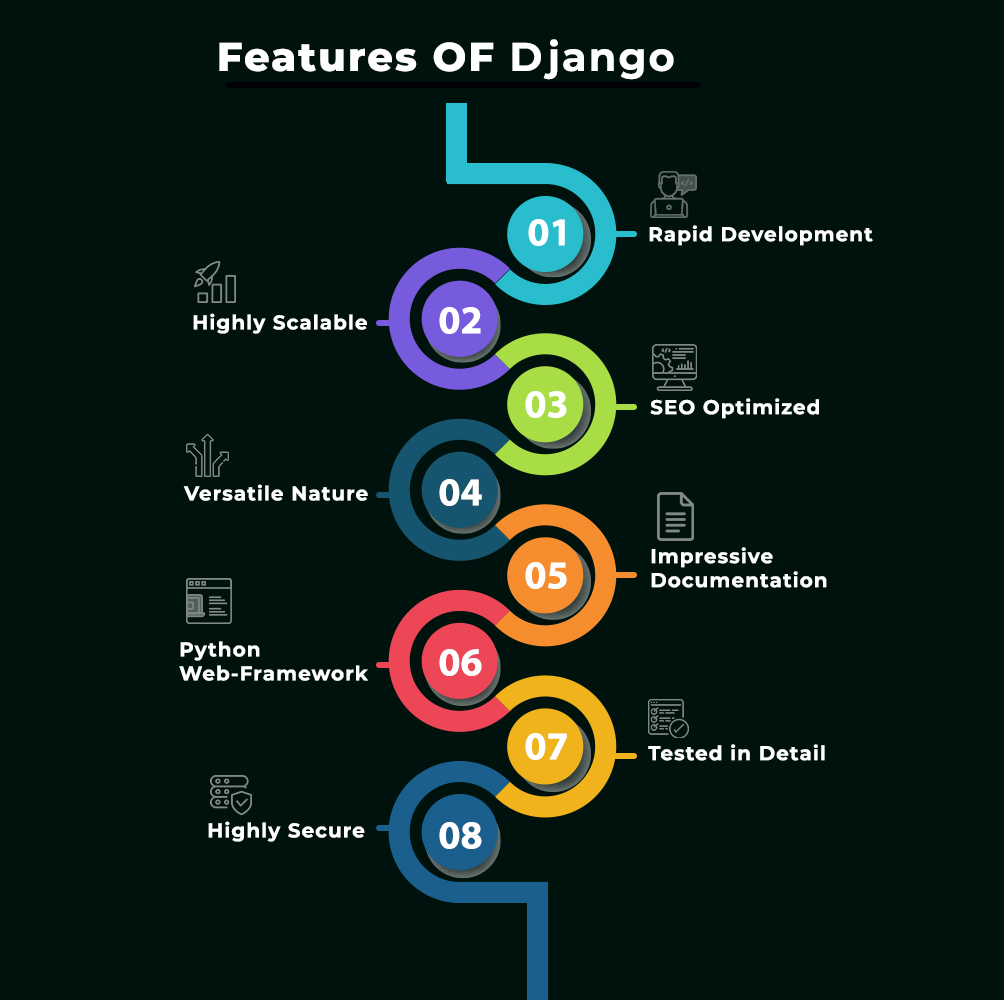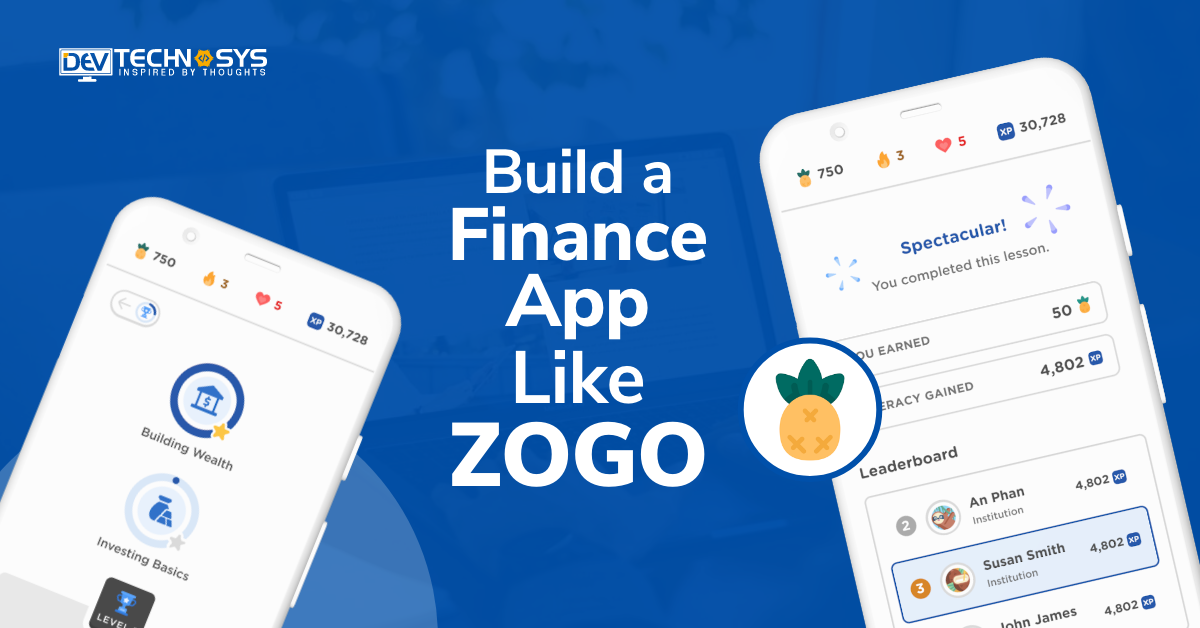This is the complete tutorial available on the Django Framework. Django’s high scalability, versatility, security, rapid development, and well-structured, detailed documentation make it one of the most popular and consistent web frameworks. Django has only one way of doing things: “The Django Way”.
Django was designed to make you follow the industry standard way of creating web applications. This has the advantage that Django makes you a more skilled developer.
It’s a downside that Flask, the sister framework, doesn’t allow for as much flexibility. This Django tutorial teaches the Django Framework by creating a simple Todo web app that can Create, Read, Update, and Delete (CRUD), otherwise known as “CRUD.”
Table of Contents
What is Django?
Python is a computer language used to create the web application framework known as Django. The MVT (Model View Template) design pattern serves as its foundation. Django’s quick development characteristic makes it quite demanding. Gathering customer requirements first allows for faster application development.
The web framework for deadline-driven perfectionists is the catchphrase used by this framework. We can create web applications quickly by utilizing Django. Django is built so that it handles many settings automatically, allowing us to concentrate solely on application development.
Popularity
Django is widely accepted and used by various well-known sites such as:
- Mozilla
- Disqus
- Bitbucket
- The Washington Times
Features of Django

- Rapid Development
- Secure
- Scalable
- Fully loaded
- Versatile
- Open Source
- Vast and Supported Community
History
Django was created and developed by Lawrence Journal-World in 2003 and made available to the public in July 2005 under a BSD license. DSF (Django Software Foundation) now keeps up its release and development cycle. Django was made available on July 21, 2005. The most recent stable version of it is 2.0.3, which was made available on March 6, 2018.
Prerequisites To Learn Django
Django is a framework based on Python. You have good knowledge of Python.
- Understanding the syntax of Python is needed before learning Django.
- Understanding of importing and exporting modules is required in the project development phase.
- To access the data, images, or any kind of data, You have to know about the Python path concepts.
- Knowledge of Object Oriented concepts is important for projects so that you can bind similar data into a class and access it through objects. It reduces the code which is repeating.
- Knowledge of HTML, CSS, and JavaScript is very important. As they are the building block of Web development.
- Knowledge about data Structures Tuple and List are important; It represents the data structure.
Why Django Framework?
- Outstanding documentation and good scalability.
- Top MNCs and Companies use it, including Dropbox, Spotify, Bitbucket, Instagram, Disqus, and a seemingly endless list of others.
- The fastest development, the easiest learning framework, and completely integrated batteries.
- Python is a major factor in Django, but it’s not the only one. A sizable library for Python offers functions like Web scraping, machine learning, image processing, scientific computing, etc. It can all be integrated with web applications, allowing for many advanced tasks.
Django Tutorial
Django is a high-level web framework that is written in Python. It is designed for rapid development and is perfect for building complex, database-driven web applications. In this tutorial, we will review Django’s basics and create a simple web application.
1. Setting up Django
To use Django, we first need to install it. We can do this using pip, the Python package manager. Open a terminal or command prompt and type the following command:
pip install Django
This will download and install the latest version of Django. Once installed, we can create a new Django project using the following command:
django-admin startproject mysite
This will create a new directory called mysite that contains the basic structure of a Django project. Inside the mysite directory, a file called manage.py will be used to manage the project. We can use this file to create a new Django app, run the development server, create database tables, and more.
2. Creating a Django App
A Django project is made up of one or more apps. Each app is a self-contained module that can be reused in other projects. To create a new app, navigate to the mysite directory and type the following command:
python manage.py startapp myapp
This will create a new directory called myapp that contains the basic structure of a Django app. Inside the myapp directory will be several files, including models.py, views.py, and urls.py.
3. Creating a Model
A model in Django is a Python class that represents a database table. We can define our models in the models.py file of our app. Let’s create a simple model for a blog post:
from django.db import models
class Post(models.Model):
title = models.CharField(max_length=200)
content = models.TextField()
pub_date = models.DateTimeField('date published')
This creates a new model called Post that has three fields: title, content, and pub_date. The title field is a CharField that can hold up to 200 characters. The content field is a text field that can hold much text. The pub_date field is a DateTimeField that represents the date and time that the Post was published.
4. Migrating the Database
Once we have defined our model, we need to create the corresponding database table. To do this, we use migrations. Migrations are files that Django creates to keep track of changes to the database schema. To create a migration for our new model, type the following command:
python manage.py makemigrations myapp
This will create a new migration file in the myapp/migrations directory. To apply the migration and create the database table, type the following command:
python manage.py migrate
This will apply to all the migrations for all the apps in our project.
5. Creating a View
Views handle the logic of our web application. They are responsible for processing user input, retrieving data from the database, and rendering HTML templates.
Create a new file called views.py in the blog directory and add the following code:
from django.shortcuts import render, redirect
from django.contrib.auth.forms import UserCreationForm, AuthenticationForm
from django.contrib.auth import login, logout
def register(request):
if request.method == 'POST':
form = UserCreationForm(request.POST)
if form.is_valid():
user = form.save()
login(request, user)
return redirect('home')
else:
form = UserCreationForm()
return render(request, 'registration/register.html', {'form': form})
def login_view(request):
if request.method == 'POST':
form = AuthenticationForm(request, data=request.POST)
if form.is_valid():
user = form.get_user()
login(request, user)
return redirect('home')
else:
form = AuthenticationForm()
return render(request, 'registration/login.html

























